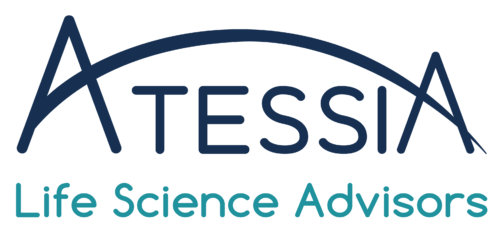Poisonous Substances: What Use within the Pharmaceutical Industry?
Poisonous substances are defined in French legislation (and only in this legislation!) and include certain substances classified as dangerous according to categories defined by the Public Health Code. This classification imposes a number of constraints on marketing authorization holders based on these active substances.
The regulation of poisonous substances thus encompasses substances, preparations, plants and medicines.
Definitions
Poisonous substances correspond to all narcotic, psychotropic, or potentially harmful substances. These substances are classified on List I or List II. Their dispensation in pharmacies is subject to mandatory medical prescription written by a doctor, dentist, or midwife, and for narcotic drugs, to the presentation of a prescription meeting all security techniques.
Lists I and II of poisonous substances mentioned in Article L. 5132-1 of the Public Health Code include:
– Certain substances classified as harmful to health in accordance with Article L. 1342-2;
– Medicines that may directly or indirectly pose a danger to health;
– Human medicines containing substances whose activity or side effects require medical supervision;
– Any other product or substance presenting direct or indirect health risks.
Medicines can be listed on List I, List II, or the list of narcotics, with this classification accommodating scenarios based on their quantitative composition of poisonous substances.
List I means that a medicine can only be dispensed in a pharmacy for the duration mentioned on the prescription and can only be renewed if mentioned by the prescriber and for a maximum of one year.
Medicines belonging to List II cannot be dispensed multiple times from the same prescription within 12 months, unless otherwise indicated by the prescriber.
Finally, narcotic drugs are subject to a secure prescription and cannot be dispensed for a period exceeding 28 days. Some non-narcotic medicines are required to comply with some or all of the rules applicable to narcotics: these are narcotics-like medicines.
Regulatory Evolution and Impact on Industry
Since the adoption of stricter regulations regarding poisonous substances, the pharmaceutical industry has faced a more stringent framework.
The measures outlined in the Public Health Code aim to strengthen control over all operations related to these substances, from production processes to wholesale distribution, import, and export.
According to the Public Health Code, the production, manufacturing, transport, import, export, possession, offer, transfer, acquisition, and use of plants, substances, or preparations classified as poisonous are subject to strict conditions defined by decrees in the Council of State. This regulation requires full compliance with precise standards governing each stage of the supply chain.
Decrees in the Council of State, established with the advice of the National Academies of Medicine and Pharmacy, have the power to prohibit certain operations or prescriptions related to poisonous substances, thus emphasizing the importance of safety and pharmaceutical regulation.
Until 1st June 2021, poisonous substances were classified by order of the Minister of health, upon the proposal of the Director General of the National Agency for the Safety of Medicines and Health Products (ANSM).
Since the decree of 1st February 2022, the ANSM is now responsible for:
– Classifying substances and medicines intended for human medicine on Lists I and II of poisonous substances defined in Article L. 5132-6 of the Public Health Code;
– Setting any exemptions to the regulation of poisonous substances regarding medicines intended for human medicine. Indeed, certain poisonous substances, below dose or concentration thresholds and used for a brief treatment duration, may be dispensed without a prescription;
– Classifying any substance, intended or not for human medicine, as narcotics or psychotropics.
Industrial pharmaceutical establishments must adapt to the regulatory specifics of this status, covering activities such as manufacturing, import, wholesale distribution, and research. Any failure to comply with these regulatory requirements can lead to severe sanctions, requiring strict compliance.
These measures also affect stakeholders operating in the field of veterinary medicines.
Regarding labelling, the regulation of poisonous substances adds requirements for medicines based on these substances in terms of primary and secondary packaging. The labelling must notably include a green or red frame so that the pharmacist can indicate the dosage to be followed.
Finally, regarding possession, specific rules must also be followed. Poisonous substances are not eligible for direct access requests. As a reminder, the ANSM defines the list of medicines that can be presented for over-the-counter access at the front of the counter in pharmacies according to criteria chosen to guarantee health and patient safety (self-medication).
Article written by Zarine RAMJAUNY, Legal counsel

